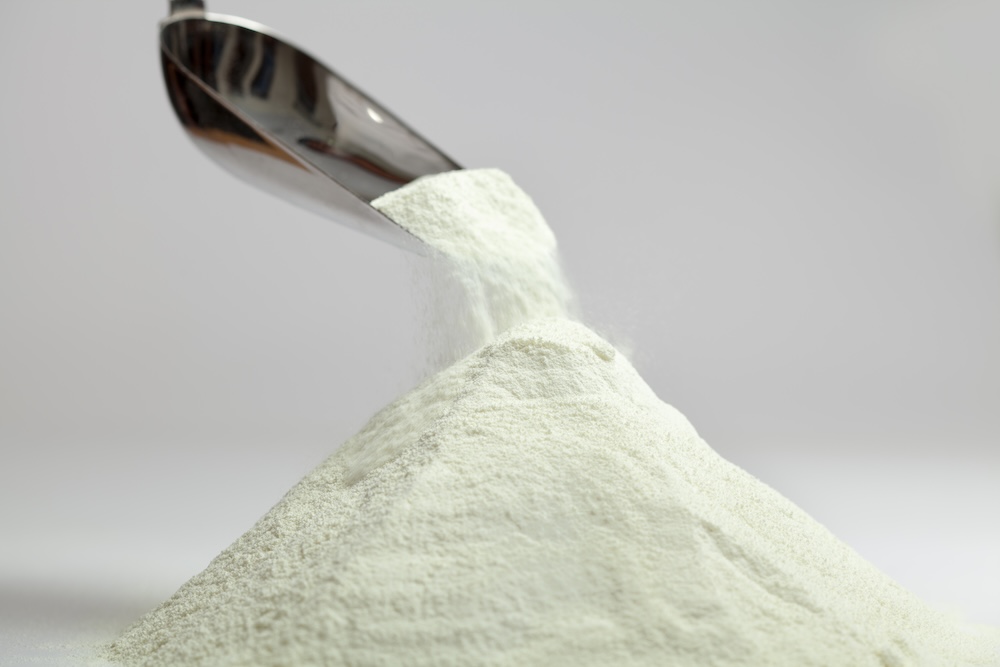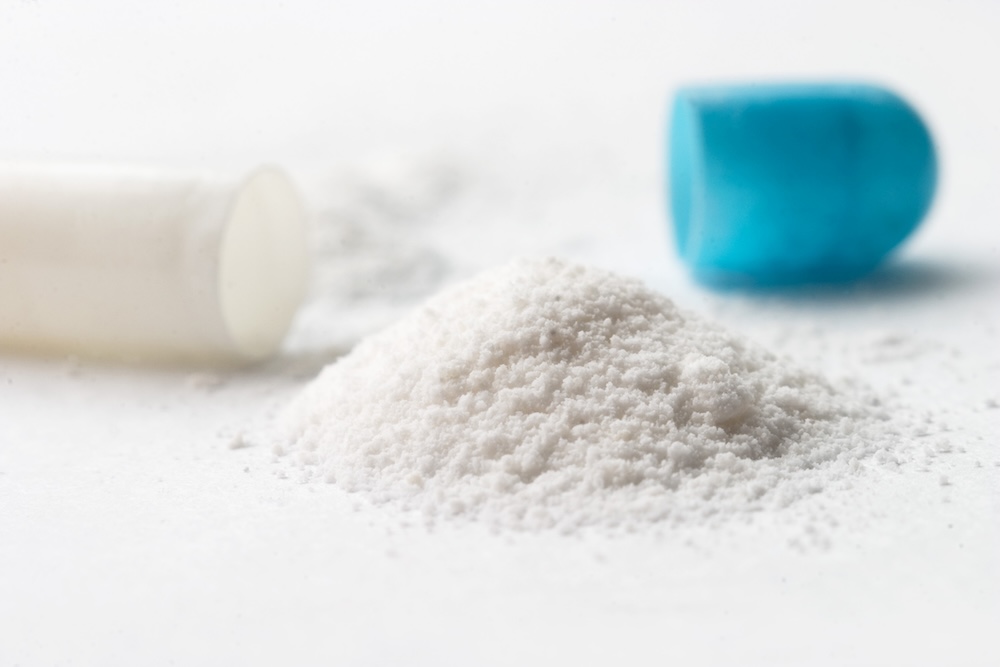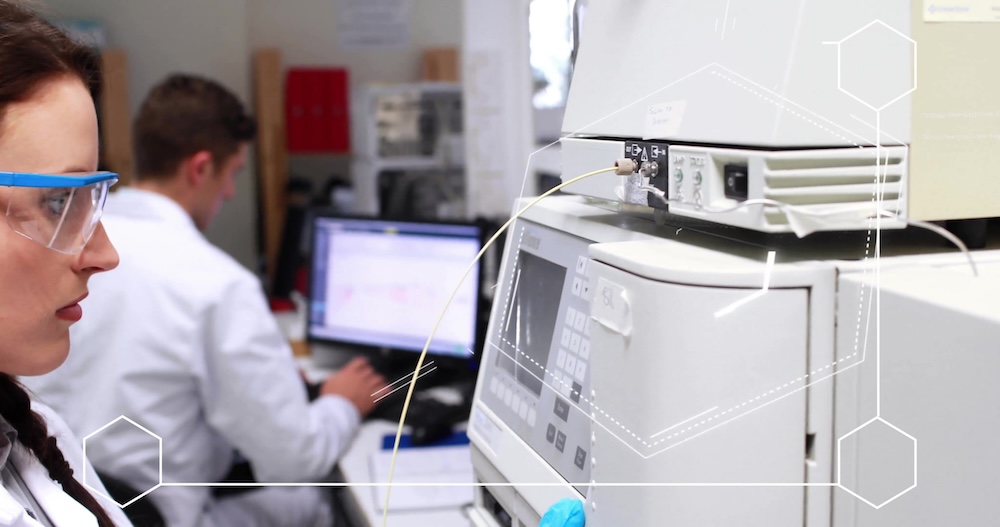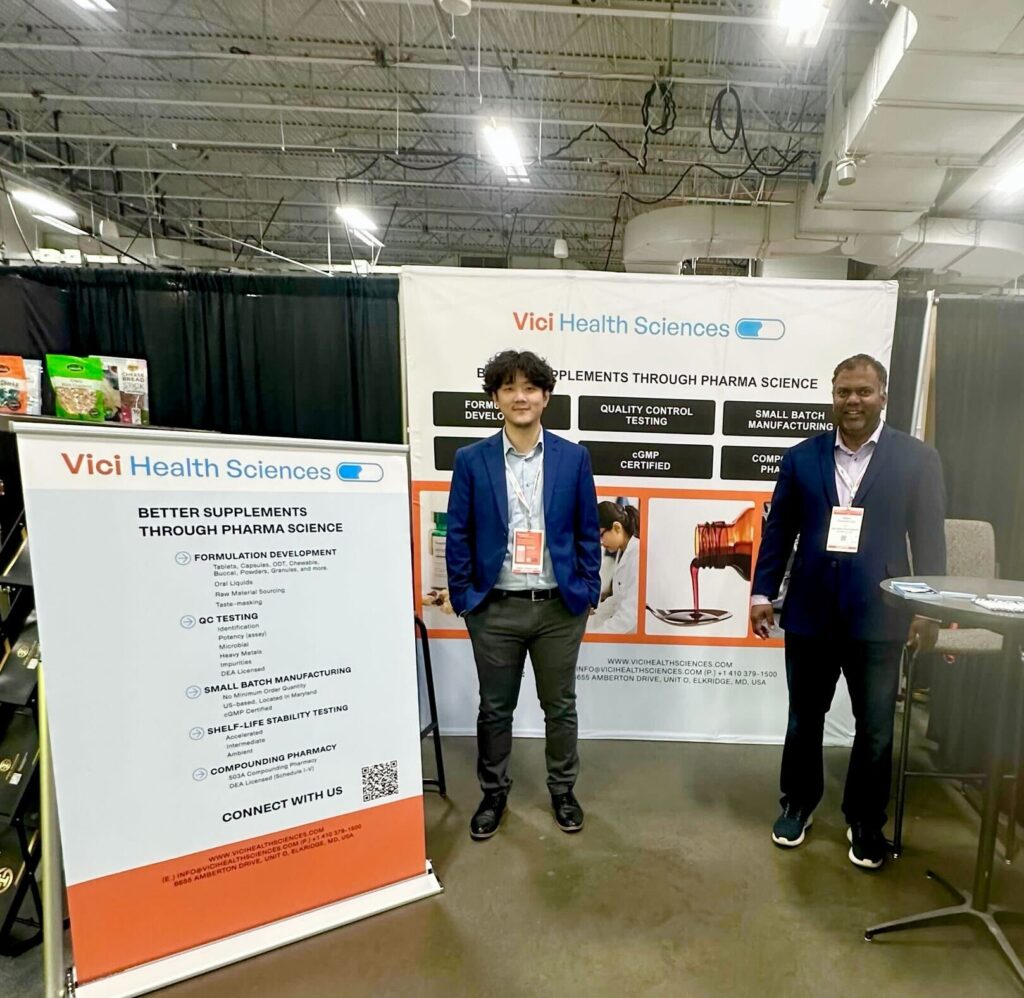Stability chambers are a must-have in pharmaceutical research and development. These chambers simulate precise environmental conditions to test the stability of drugs and other products in different settings.
Here’s a closer look at the various testing methods used, the essential equipment involved, and how these chambers help maintain product quality and consistency in the pharmaceutical industry:
How Stability Chambers Work
Stability chambers create and maintain specific environmental conditions, such as temperature and humidity, to test the stability of pharmaceutical products. These chambers use advanced control systems to replicate different climates, from extreme heat and humid conditions to cold and dry settings.
Researchers observe how factors like degradation and changes in potency affect pharmaceutical products by exposing them to controlled conditions over time. Degradation can lead to the breakdown of active ingredients, resulting in reduced efficacy or safety concerns. Changes in potency may mean that a drug does not deliver the intended therapeutic effect, which can lead to treatment failures or adverse reactions. Understanding these changes is critical for determining a product’s shelf life, as it helps guarantee that the product remains reliable and suitable for its intended use.
Types of Stability Chambers
Stability chambers come in different forms, each built to meet specific testing needs:
- Reach-in Chambers: Ideal for smaller batches, these chambers provide convenient access for quick testing while maintaining controlled conditions.
- Walk-in Chambers: Suitable for larger batches, these chambers are designed for longer testing periods and offer ample space for extensive stability studies.
There are also several specialized chambers. Environmental Chambers simulate specific climate conditions, typically maintaining temperatures between 25°C and 30°C with humidity levels ranging from 60% to 75%. This makes them essential for targeted testing. Accelerated Testing Chambers expose products to extreme conditions—often at 40°C with 75% humidity—to speed up the stability assessments or simulate the aging process.
As its name suggests, temperature-humidity chambers precisely control temperature and humidity. They typically maintain conditions such as 25°C to 30°C with relative humidity levels of 60% to 75%. This control is crucial for thorough stability evaluations of pharmaceutical products. Lastly, Photostability chambers test how products react to light exposure, typically simulating conditions equivalent to sunlight at an intensity of approximately 1.2 million lux over a specified period and 200-watt hours per square meter of UV light. This testing is essential to making sure that products maintain quality under various lighting conditions.
Key Testing Methods
Stability testing in the pharmaceutical industry shows how a drug’s quality can deteriorate over time when it’s exposed to factors like temperature, humidity, and light. High temperatures can accelerate chemical reactions that lead to degradation, while excessive humidity can cause hydrolysis or promote microbial growth. Light exposure can result in photodegradation, which alters the chemical structure of active ingredients. These changes can compromise quality and performance, making stability testing essential before a drug product is approved for market release.
Two main testing methods used in stability chambers are long-term stability testing and accelerated aging tests. Long-term stability testing involves storing products under controlled conditions for an extended period to observe their performance over time, helping to determine their shelf life.
In contrast, accelerated aging tests expose products to extreme temperature and humidity levels for shorter durations to simulate long-term effects. This method allows researchers to quickly assess potential degradation and identify any issues that may arise during the product’s actual shelf life. Together, these methods provide critical insights into product stability and quality.
Essential Equipment
Stability chambers rely on a few key components to maintain accurate testing conditions. The most important are temperature and humidity control systems, which help maintain the exact environment researchers need to simulate different storage conditions.
For temperature control, advanced cooling and heating systems are used to reach and sustain the right temperature range. Humidity control systems use humidifiers and dehumidifiers to keep moisture levels in check. Together, these systems create a stable environment for reliable pharmaceutical product testing.
Additionally, monitoring devices and data loggers track conditions in real-time, ensuring they meet regulatory standards and providing live data for analysis.
Uses of Stability Chambers in Pharma
In pharmaceutical applications, stability testing chambers are used for:
- Product Development: Researchers use stability testing to tweak formulations and see how those changes impact quality.
- Regulatory Compliance Testing: Stability data is crucial for meeting regulations and getting approval to sell products.
- Purity and Potency Testing: These chambers help evaluate active ingredients, confirming they remain effective and free from contamination.
- Quality Assurance Testing: Regular checks help make certain that products keep their intended qualities throughout their shelf life.
- Accelerated Aging Studies: These tests speed up the aging process, giving insights into how products will behave over time.
- Packaging Integrity: Testing how packaging performs under different conditions verifies that products remain protected.
- Consistency Testing: Manufacturers look at variability between batches to make sure each one is uniform in quality.
- Microbiological Testing: Stability chambers check for sterility, preservative effectiveness, and microbial counts in liquid parenteral injections.
Regulatory Compliance
Stability chambers have to follow strict regulations to ensure reliable testing in the pharmaceutical industry. Key guidelines, like those from the International Council for Harmonisation (ICH), particularly ICH Q1A through Q1F, outline stability testing requirements, including limits on temperature and humidity fluctuations.
For example, temperature should stay within 2-3°C, and humidity needs to remain within ±5% of the set conditions. Meeting these guidelines, along with FDA and other global health regulations, confirms that the data collected is robust and supports the reliability and performance of products throughout their shelf life.
Experience the Vici Advantage in Stability Solutions
At Vici, we’re committed to offering comprehensive stability testing solutions tailored specifically for the pharmaceutical industry. Our advanced stability chambers meet the toughest regulatory standards, ensuring your products get tested in precisely controlled environments. With our deep knowledge of ICH guidelines and FDA regulations, we’ll help you determine accurate shelf-life data for your drugs and formulations.
Contact us today to learn how we can reduce risks, boost product reliability, and speed up your time to market.






